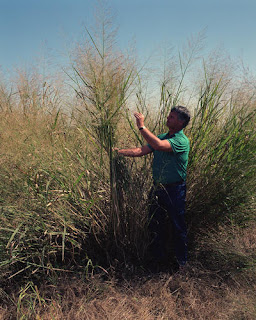The results of the study showed that when compared with gasoline and diesel, ethanol and biodisel from corn and soybean rotations reduced greenhouse gas emissions by almost 40 percent, reed canarygrass by 85 percent. Greenhouse gas emissions were reduced by about 115 percent for switchgrass and hybrid poplar. Both switchgrass and hybrid poplar offset the largest amounts of fossil fuels reduced emissions compared to other biofuel crops and offset two times as much fossil fuels if they are used for electricity generation via biomass gasification.
Study results showed that nitrogen (N2O) emission resulting from production of the biofuel crops is the largest greenhouse gas source, while displaced fossil is the largest greenhouse gas sink followed by soil carbon sequestration.
This research shows that farmers will have a variety of biofuel crop options available in the future and that these biofuel crop rotations will have different environmental impacts. Detailed studies of the environmental impact of biofuel crops similar to this study need to be done at the regional and national levels before biofuel national policy decisions are finalized. ###
The Ecological Society of America (ESA) is a scientific, non-profit, 9700-member organization founded in 1915. Through ESA reports, journals, membership research, and expert testimony to Congress, ESA seeks to promote the responsible application of ecological data and principles to the solution of environmental problems. ESA publishes four scientific, peer-reviewed journals: Ecology, Ecological Applications, Ecological Monographs, and Frontiers in Ecology and the Environment. For more information about the Society visit http://www.esa.org/.
Contact: Annie Drinkard annie@esa.org Web: Ecological Society of America
Photos Courtesy of DOE/NREL, Credit - Warren Gretz
Technorati Tags: ethanol production and biofuels or corn-based ethanol and Bioenergy Biomass or Twenty in Ten Initiative and Chemical Engineering or Samuel W. Bodman and cellulosic ethanol or Energy Efficiency and Department of Energy or switchgrass and hybrid poplar













No comments:
Post a Comment